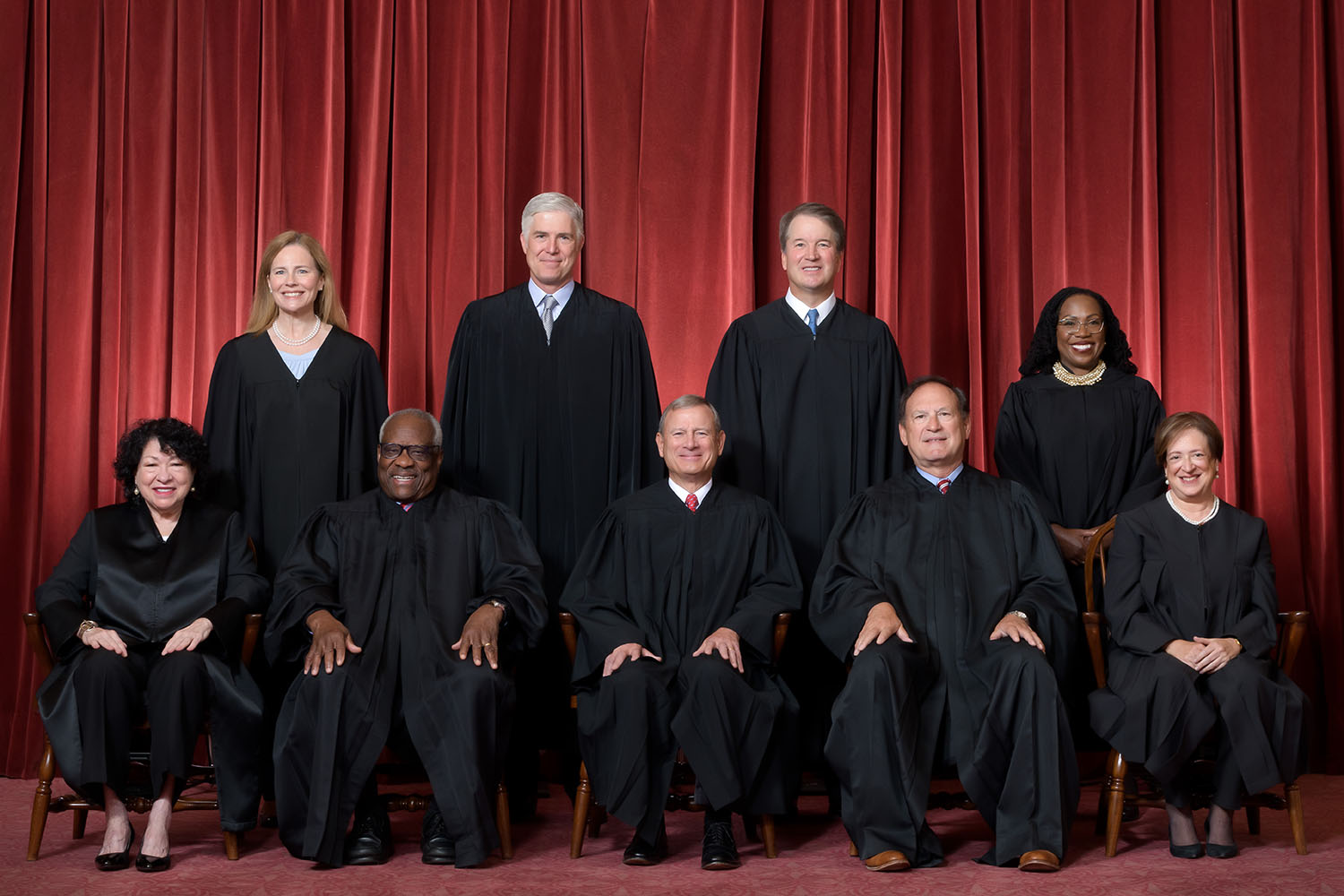There are two cases that have been granted certiorari so far. I expect there to be three or four this term.
The most important, in the long term, is Smith & Wesson Brands Inc. et al. v. Estados Unidos Mexicanos.
This is a lawfare case initiated by Mexico against a number of firearm related companies. Wholesalers, manufacturers, and retailers. It was brought in Massachusetts. The reasoning is obvious, Massachusetts hates guns. The First Circuit hates guns. The First Circuit is a known rogue inferior court.
The gist of the case is that people who make and sell guns know that some of their guns will be used illegally. They also know that they will be used illegally in Mexico. The companies did not do enough to keep guns out of Mexico. Therefore, they are responsible for the violence using guns in Mexico.
This is another attack on the PLCAA, Protection of Lawful Commerce in Arms Act. The PLCAA was passed to stop frivolous lawsuits against firearms dealers. It affords those that make and sell guns protected from responsibility for the miss use of their products. Just like every other industry in the country.
Ford Motor Company is not responsible when a drunk driver kills somebody while driving a Ford F150. Chicago Cutlery is not responsible when somebody uses a cheap kitchen knife to kill somebody. Stanley is not responsible when somebody uses one of their hammers to bludgeon somebody to death.
The firearms’ industry is the only tool that is blamed for the misuse of their products.
2022, murder by handguns: 7936. Murder by firearm, type unstated: 5704. Murder by knife: 1630. Murder by rifle: 541. Murder by hammer: 367.
The district court dismissed the case as a PLCAA protected case. The bad guys appealed to the First Circuit where, of course, they decided the suit was novel and somehow outside the PLCAA. The good guys requested cert. back in April.
Cert was granted October 4th.
Why is this case so important? Because this is the second large case that has directly attacked the ability of firearm manufacturers for damages. The Sandy Hook case was part of the reason that Remington went bankrupt.
The idea is not to win these cases, the idea is to drain these companies of money. If they win, so much the better, if they lose, they still win.
It is a backdoor path to gun control.
If these large cases succeed, we will see this lawfare extend down to the smallest of entities. Every FFL will be scared of somebody suing them because a firearm they sold was misused.
The Supreme Court is highly likely to rule in favor of the PLCAA. The arguments given by the bad guys are feeble. The case is interlocutory (not completed at the district and circuit levels.) That there isn’t a circuit split. That the district court dismissed the counts against some of the good guys.
All the reasons given by the bad guys did not stop the Supreme Court from granting cert. Now we will see what the merit fillings will be.
The second case that was granted Cert. is Garland v. VanDerStok. This is the case where the ATF decided that a hunk of aluminum is a firearm because it might someday become a firearm.
The GCA of 1968 defines a “firearm” and “frames and receivers”. A frame or receiver is a thing that can be readily converted into a firearm.
An AR-15 lower receiver, with attached stock and grip, along with an FCG is not a functional gun. You have to pair it with an upper receiver to create a functional firearm.
Since this is so easy, the lower receiver is considered a firearm because it can be readily converted to one.
An AR15 lower receiver starts as either a piece of aluminum bar stock or as a forging.
It is not a “firearm” under the 1968 GCA until it reaches that stage where it can be readily converted into a functional firearm.
The ATF has long held that you can completely mill/form the outside of the receiver. That includes decking the top, establishing and threading the buffer tube connection. Forming the grip area.
You can also drill and ream the holes for the pivot pins, the trigger guard, the magazine latch, the bolt hold open, and all detent pin holes. The magazine catch slot and the bolt hold open slot can also be completely milled.
If you mark the location of the selector switch, trigger, hammer, or auto-sear pin holes, then it is enough to be a receiver, as defined by the 1968 GCA. Marking any part of the fire control pocket is also a no no.
The ATF decided that they wanted people purchasing hunks of aluminum that they intended to turn into receivers to fill out 4473s and to have background checks done. So they changed the law.
A frame or receiver is something that can be readily converted into a firearm.
The ATF no claims that something that can be converted into a frame or receiver is also a firearm.
There is no stopping this camel, once it gets its nose in the tent. The ATF could define a hunk of aluminum bar stock as a firearm. They’ve stated that hunks of plastic and aluminum with instructions are firearms. Without those instructions, they are not firearms.
An 80% frame or receiver is not a firearm, but an 80% frame or receiver with a jig is a firearm.
This is likely to be decided on process and not the Second Amendment protected rights.
There are a few other cases teed up. These include the Maryland Assault Weapon/Large Capacity Magazine ban. The California’s LCM ban, if the Ninth actually issues an opinion this decade. In addition, there are a couple of cases coming out of Illinois that would look very nice on the Supreme Court docket.
Our first case, VanDerStock will be heard on October 8th, 2024. This coming Tuesday.








